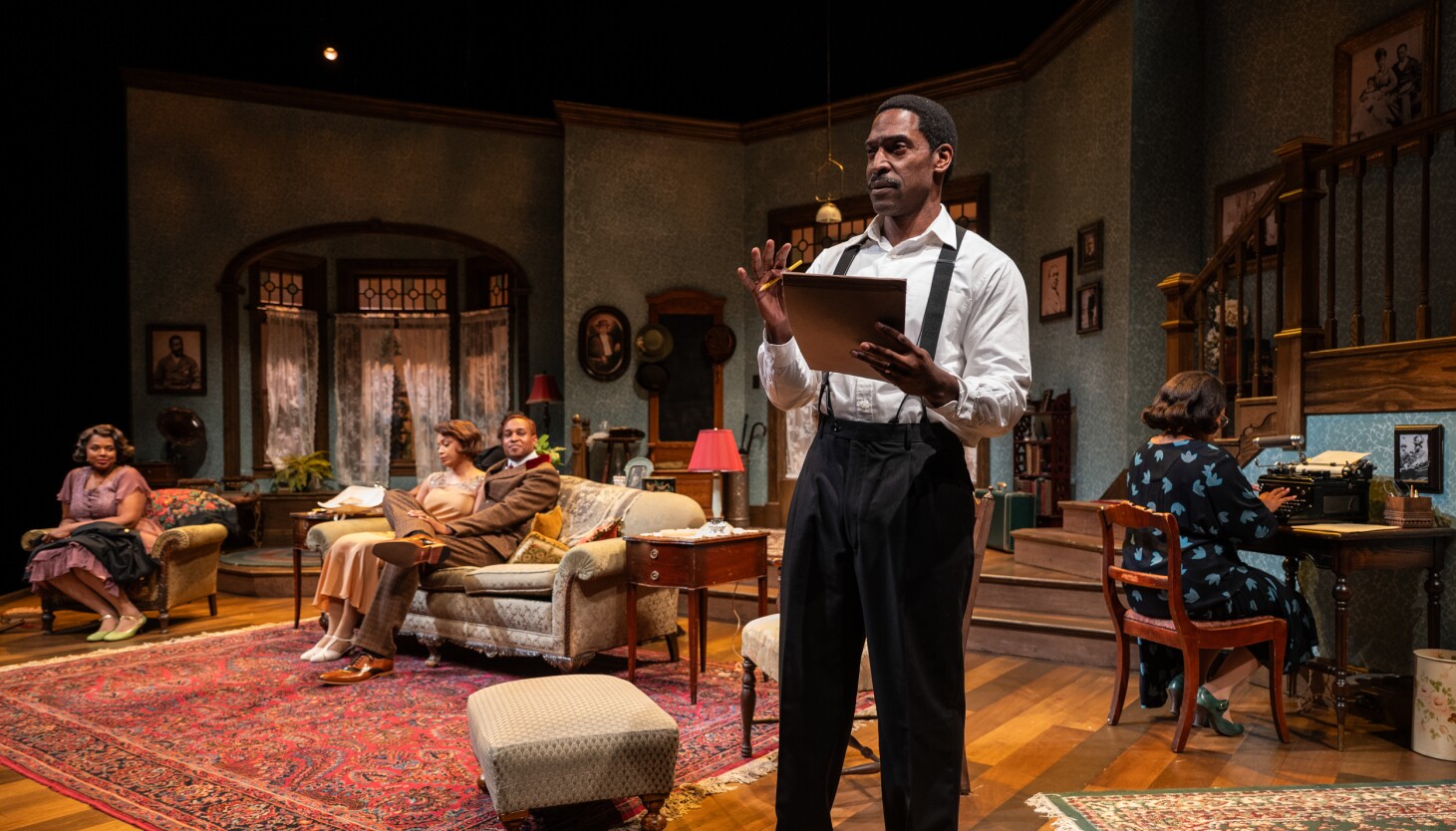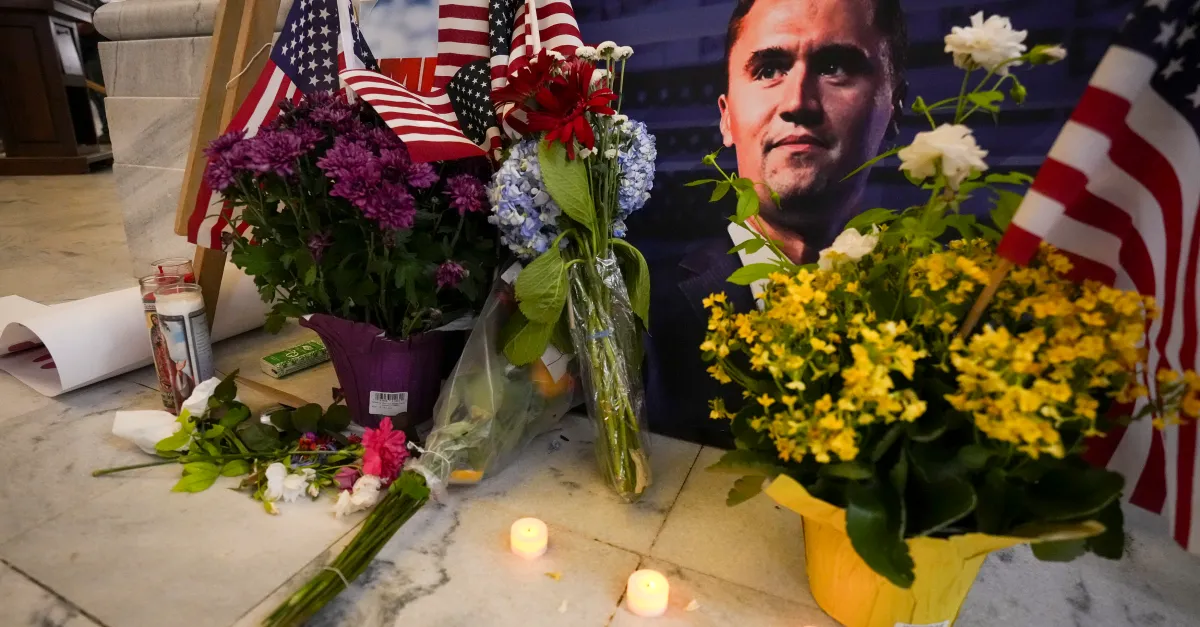
The classic play “Big White Fog” opens Court Theatre’s first season under its new artistic director, Avery Willis Hoffman. The choice hits close to home: Theodore Ward’s 1938 drama, set on the city’s South Side, echoes in conversation with another South Side classic, Lorraine Hansberry’s “A Raisin in the Sun,” which Court staged last season.
Each play portrays a fictional family with commentary on race, politics and the social plight for Black folks in their respective time periods (“A Raisin in the Sun” is set in the 1950s, “Big White Fog” spans from 1922-1933). While the two productions certainly feel related, Ward’s play is much more political. The Black family at the center of his drama, the Masons, is split between conflicting ideologies — collective action versus individual achievement — that create a conflict that drives the story.
Ward himself was the son of a slave. He penned this play in 1937, nearly three decades prior to the Civil Rights Act. This context is important, as Ward contrasts Garveyism, which is a Pan-African movement with the goal of taking Black Americans to Africa, with the capitalist capitalist pursuit of the American dream (amassing individual wealth). Ultimately, he makes the argument that none of these theories will improve the social or economic conditions of Black people.
The show spends a lot of time in the dialogue between Vic (Joshua L. Green), who is a Garveyist, and his brother-in-law Dan (Amir Abdullah), a capitalist. Dan aims to become a landlord, and he wants Vic to invest in a property with him. Vic, however, wants to use his savings to buy shares in the Black Star Line, a shipping company that was part of Marcus Garvey’s efforts to foster Black economic independence.
Through these characters, the dialogue often drifts away from natural conversation and into exposition of respective ideologies, with Vic arguing for the collective improvement of the entire Black race and Dan’s conflicting idea that the best way forward for Black people is through individual capital gains.
The production reflects the real life events of the early 1920s. The Black Star Line failed, rendering its stocks worthless; Garvey himself went to jail. These circumstances result in Vic losing his life savings. Conversely, Dan becomes a landlord, with exploitative rental practices. Economically, he’s successful — until the onset of the Great Depression. The play establishes a similar arc: Each man is confident in his worldview, but neither succeeds in the end.
Director Ron OJ Parson faces a daunting task in staging this production. Besides the dense script, the show casts 17 characters, with as many as nine sharing the stage at once. Parsons manages the impressive ensemble smoothly, ensuring that lines are delivered clearly and that the blocking allows space for each actor to shine.
The performances are some of the best acting I’ve seen all year. Green is a standout as Victor Mason, who mortgages his family’s future based on his belief in Marcus Garvey’s vision. As Vic, he embodies the desperate belief in an idea bigger than himself. At the end of the first act, as Vic’s aspirations melt before his eyes — he’s lost his job, he’s at odds with his family, and Garvey has been jailed — Green, alone on stage, delivers the lines, “Prejudice. Everywhere I look, prejudice.” Those words leave the audience in silence.
Patrick Newson Jr. and Ayanna Bria Bakari portray Vic’s children, siblings Lester and Wanda, who are raised in the shadows of their father’s hopeful, but unsuccessful, pursuits. Both actors are formidable in roles representing a generation of Garveyism descendants. Lester turns to communism in the face of the Great Depression and mass evictions. Wanda becomes disillusioned with education and seeks any semblance of joy there is to be had in life, eventually turning to destructive habits as a means for survival.
Ward’s drama takes the larger political conversations of the time, and condenses them into the lives of a single Chicago family. The material is complex, and the references used in the play may fly over the heads of some audience members. But the strong acting, and the window the play offers into the period of history for Black families transitioning from the Great Migration into the Great Depression, is poignant. Through the story, the play presents a commentary on race and illuminates an ideological divide in Black culture during the time. Parsons and his highly recognizable ensemble of actors (Ronald L. Conner and Anthony Irons are also in the cast) take this classic and make it a digestible and thought-provoking experience for contemporary audiences.



